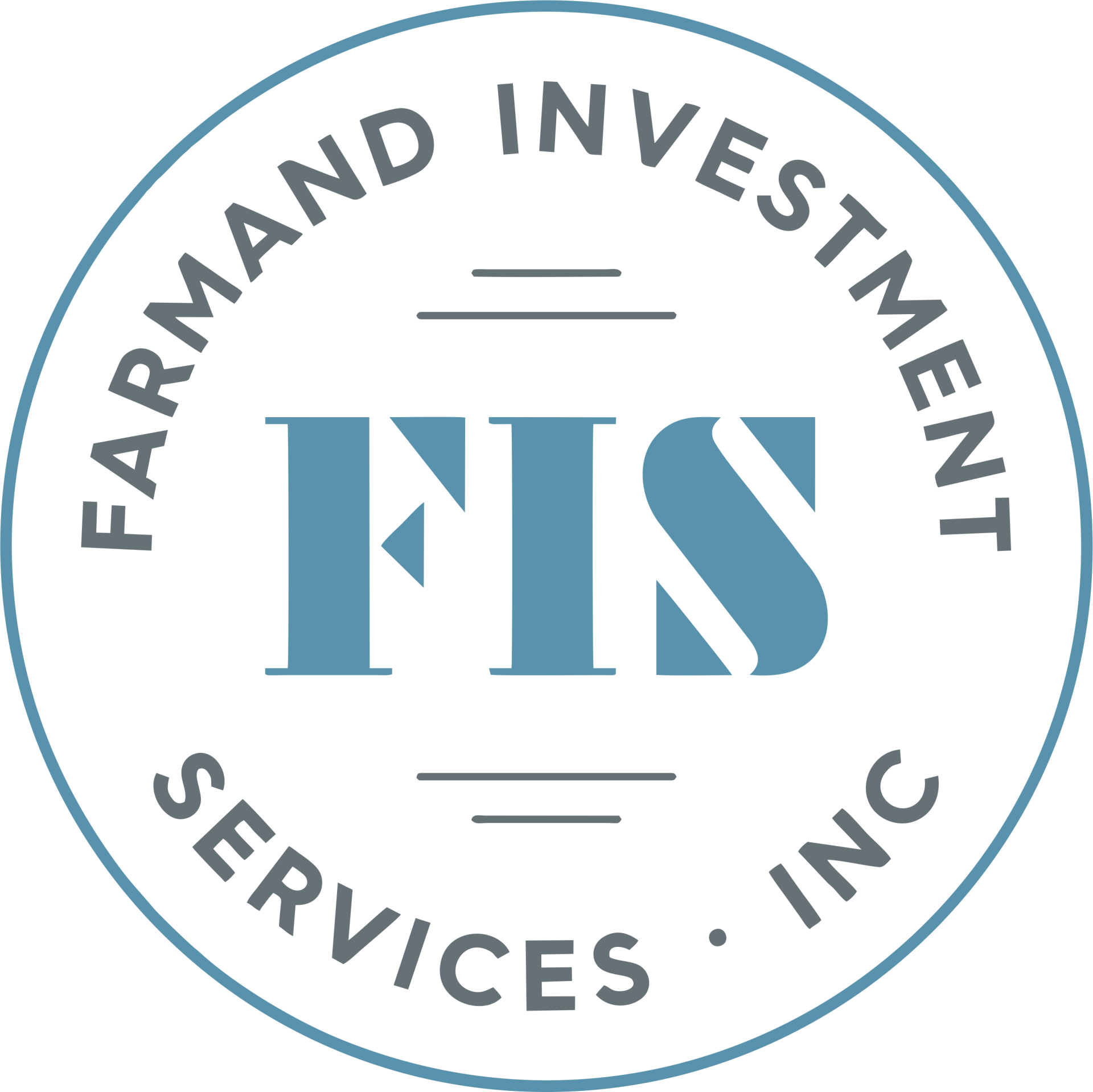Quarterly Investment Update – 1st Quarter 2021
Dear Clients and Friends,
What a difference a year can make? At this time last year, the broader indices were finding a bottom in what was the shortest bear market in history. This onset of the COVID-19 pandemic triggered a 33-day bear market that started on February 19, 2020 and officially ended on March 23, 2020. In the past 100 years, bear markets have historically lasted a median 302 days. Since the March 2020 lows, the broader indices have all trekked back up to all-time highs. Now, while Wall Street recovered a lot faster from the pandemic than anyone could have anticipated, economies around the world are still fighting to find solid ground. Europe is facing another wave of rising COVID-19 cases, which has led Italy, Poland and France to institute lockdown restrictions again. The reality is that Europe is in the midst of a double-dip recession. GDP in the Eurozone declined at a 6.9% annual rate in 2020, with negative growth in the first two quarters and final quarter of the year. Fourth quarter GDP (Growth Domestic Product) dipped 0.7% and is now forecast to drop 0.8% in the first quarter of 2021.
As we discussed in our last mid-quarter Investment Update, positive fourth-quarter results are driving the overall U. S. market higher with the three major indices streaking to new all-time highs. The good news is that the United States and China are still anticipated to lead the global economic recovery this year. Many economists are expecting the United States to achieve GDP growth of about 6% this year. China is also expected to have GDP growth of 6% or more in 2021.
U.S. manufacturing is starting to fire on all cylinders. The Institute of Supply Management (ISM) reported that its manufacturing index rose to 60.8 in February, up from 58.7 in January. That is the highest level in nearly three years. It also marked the ninth – straight month that the ISM Manufacturing index has increased.
The jobs market is also finally starting to improve. The Labor Department revealed that 379,000 jobs were created in February, down from 6.3% in January. Part of the improvement in the jobs market is due to several states reopening their doors. In fact, Texas and Mississippi recently announced that they were joining Alaska, Arizona, Florida, Georgia, Idaho, Iowa, Montana, Nebraska, North Dakota, Oklahoma, South Carolina, South Dakota and Tennessee in rolling back the mandatory mask mandates. Texas also revealed that businesses can now operate at maximum capacity.
As more states reopen their businesses and lift restrictions, we expect U. S. Gross Domestic Product (GDP) growth to remain strong.
In the wake of strong retail sales and manufacturing activity plus COVID-19 restrictions being lifted in many states, first-quarter GDP is expected to be super strong.
In addition, the FDA recently granted Johnson & Johnson an emergency use authorization for its COVID-19 vaccine and the distributions are already underway. Also, President Biden recently signed into law the American Rescue Plan Act of 2021, which offers aid to small and medium-size businesses and their employees who were impacted by the COVID-19 pandemic. So, we are on the road to recovery, and we expect U.S. GDP growth to continue to expand in the upcoming weeks and months, all of which bodes well for the stock market. However, it is important to note that for the U. S. to reach these lofty projections, we need a robust consumer – led recovery since consumer spending accounts for nearly three-quarters of total U. S. GDP growth.
During the first quarter, we added a few equity positions including Life Storage, Inc. (LSI), Hanon Armstrong Sustainable Infrastructure Capital (HASI), Douglas Emmett, Inc. (DEI) and Centene Corporation (CNC). We also purchased small positions in a couple of new SPACs including Appharvest, Inc. (APPHW) and Nextgen Acquisition (NGACW). As far as sales during the quarter, we sold Blackberry Ltd (BB), Kar Auction Services (KAP) and Marine Products Corp. (MPX). We also sold the Vanguard High Dividend (VYM) and replaced it with the Vanguard S & P 500 ETF.
As far as our investment strategy is concerned, we continue to maintain our standard two-pronged strategy, which is to maintain a substantial exposure to common stocks (and mutual funds) as long as there is a reasonable prospect for double-digit returns. Furthermore, we will continue to take profits more frequently so that we could gradually increase our weighting in cash as well as the fixed income portion of our portfolios. During the quarter, we continued with our average asset allocation mix of 40% – 50% Equity, 40% – 50% Fixed Income and 0% – 20% cash for most of the portfolios.
We want to thank all of you for giving our firm the opportunity to serve you. We thank you very much for the trust and confidence you have placed in our firm as it is always appreciated. Please contact us should you have any questions or comments. Also, we want to invite you to visit our website at www.farmandinvestments.com for a quick Retirement calculator, our latest firm news and Market Commentary archives. We hope that you are keeping yourself and your loved ones and your community safe from COVID-19.
All Rights Reserved | Farmand Investment Services Inc | Powered by Aletheia Digital | Privacy Page

